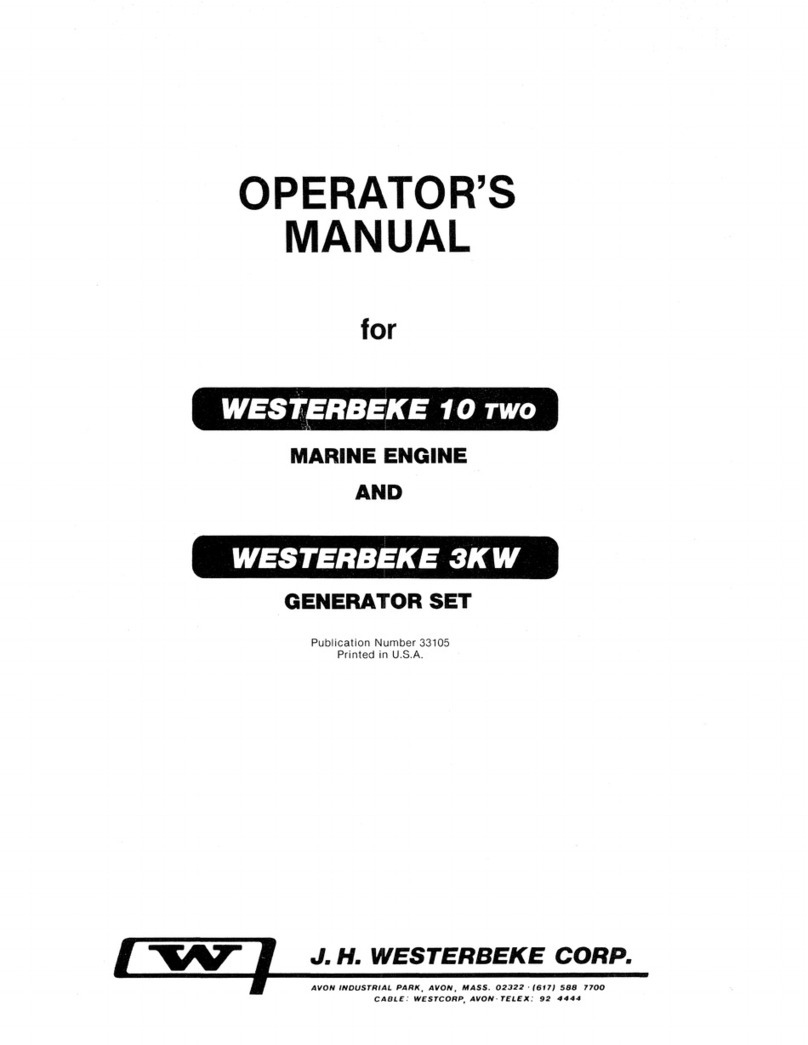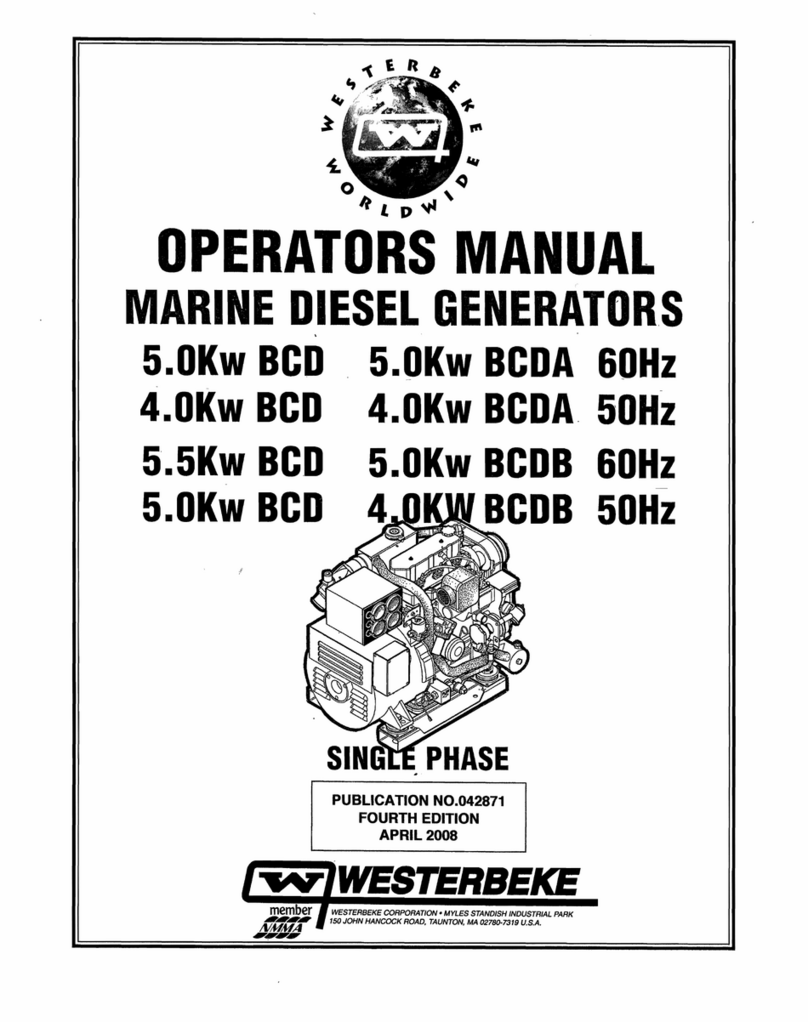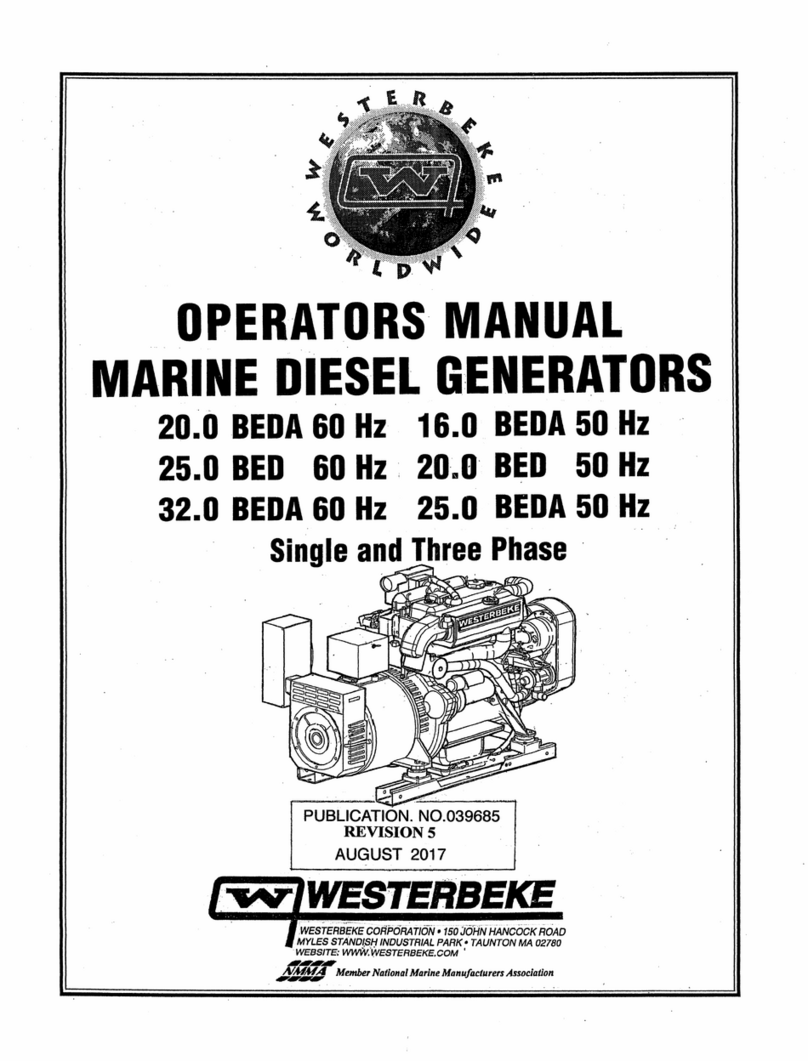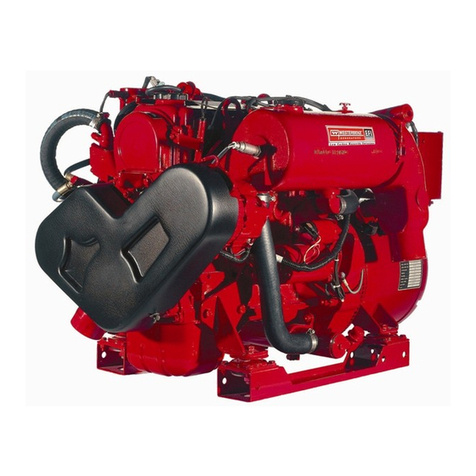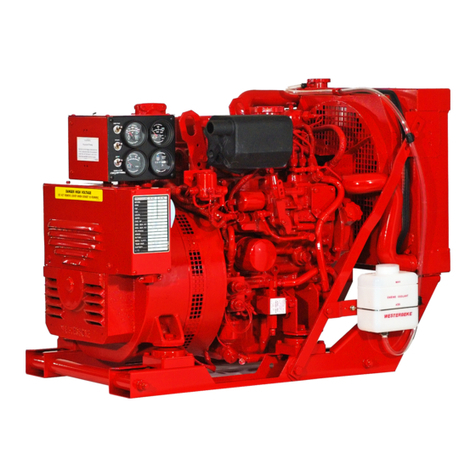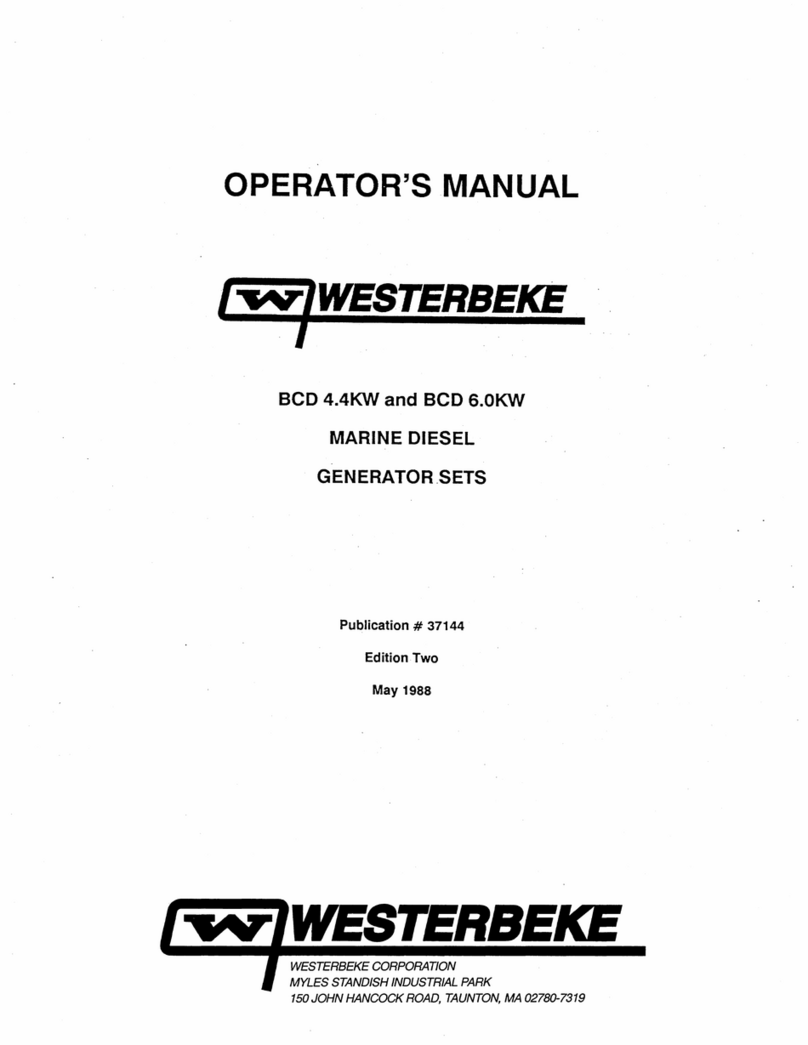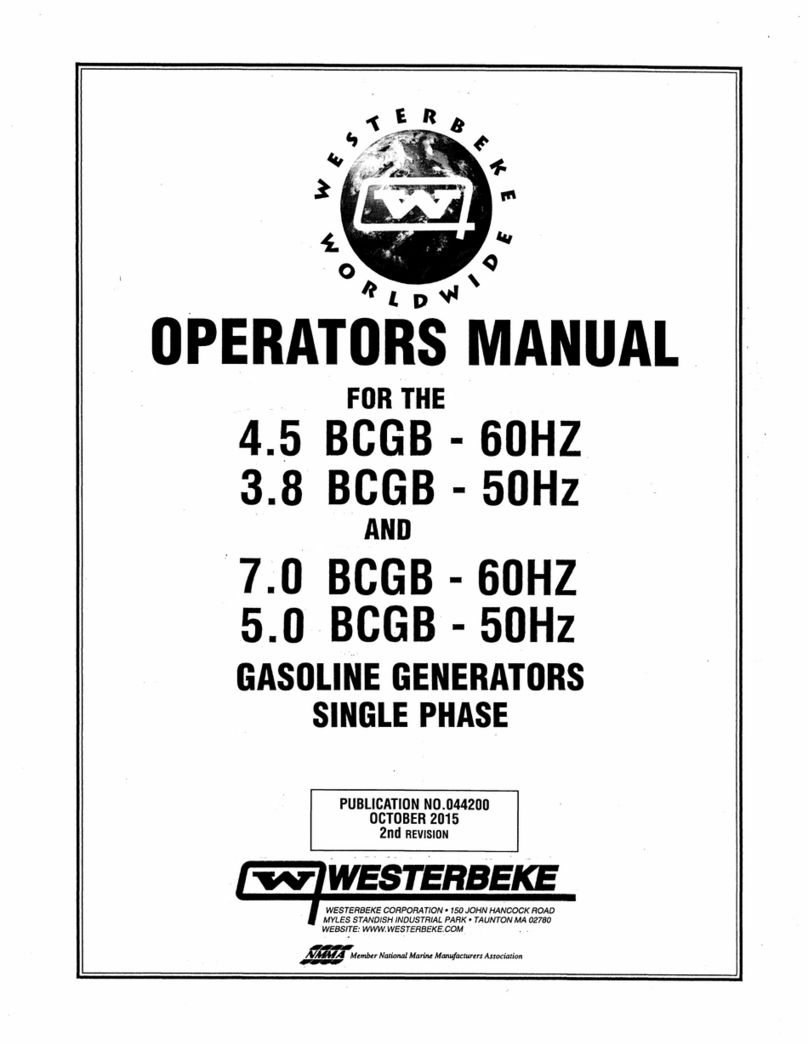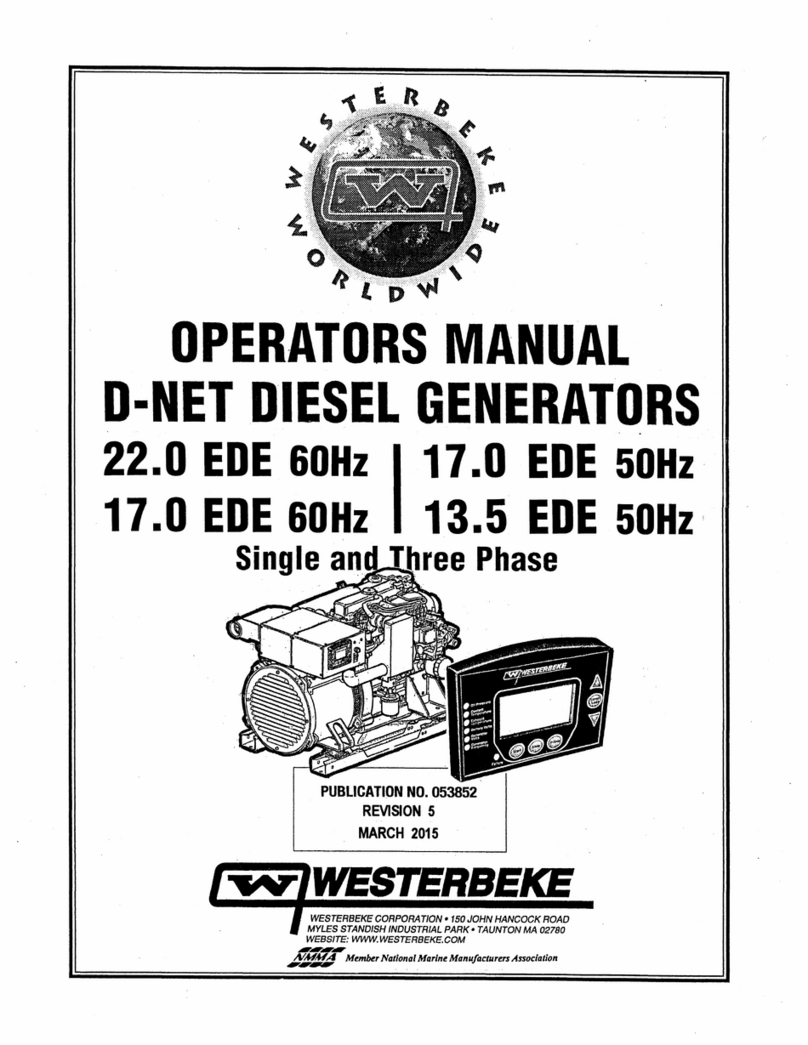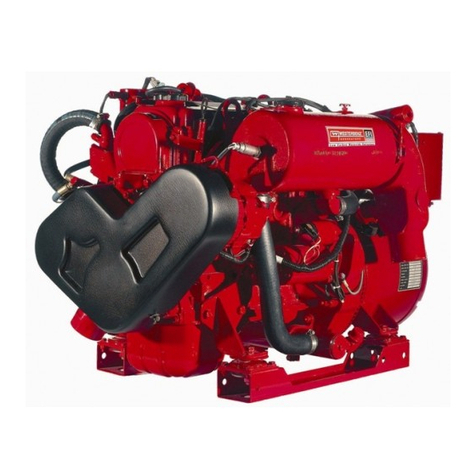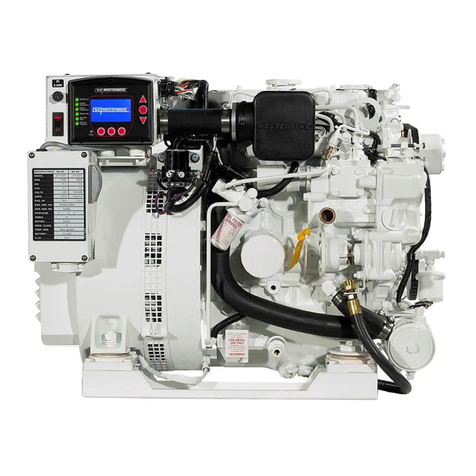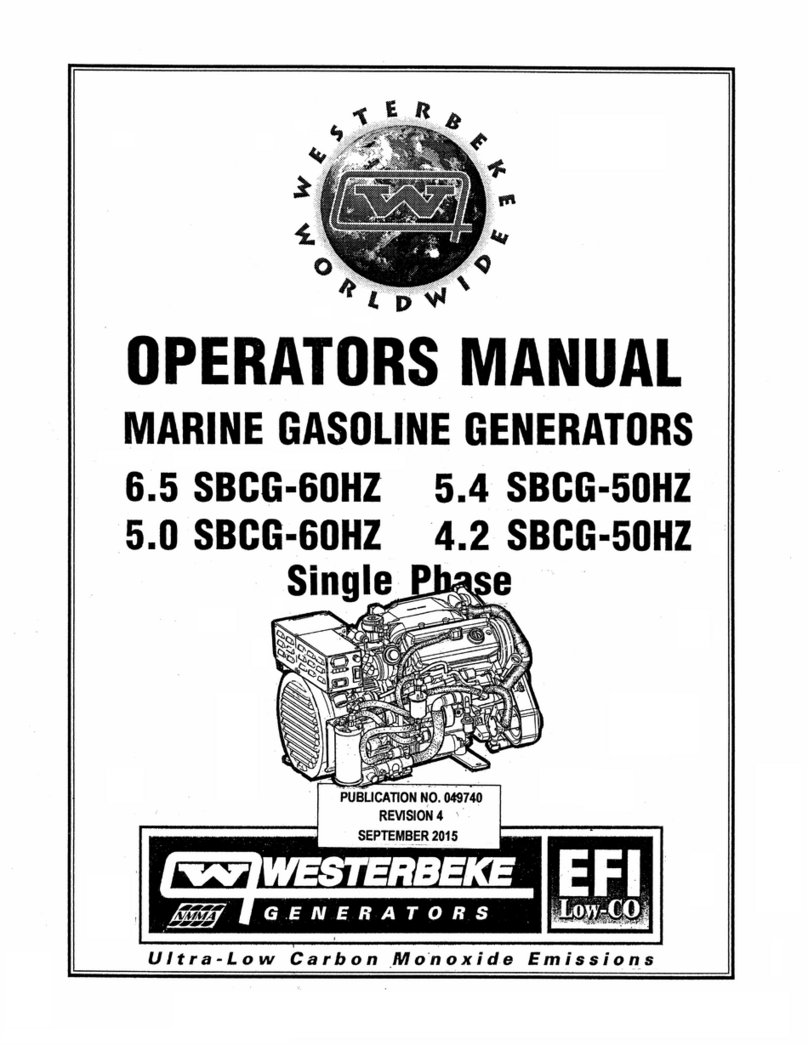
SAFETY
INSTRUCTIONS
BATTERY
EXPLOSION
A
WARNING:
Battery
explosion
can
cause
injury
or
death!
• Do not smoke or allow an open flame near the battery
being serviced. Lead acid butteries emit hydrogen, a
highly explosive gas, which can be ignited by electrical
arcing or by lit tobacco products. Shut off all electrical
equipment
in
the vicinity to prevent electrical arcing dur-
ing servicing.
• Never connect the negative
(-)
battery cable
to
the posi-
tive (+) connection terminal
of
the statier solenoid. Do
not test the battery condition by shorting the terminals
together. Sparks could ignite battery gases or fuel vapors.
Ventilate any cOmpatiment containing batteries
to
prevent
accumulation
of
explosive gases.
To
avoid sparks, do not
disturb the battery charger connections while the battery
is being charged.
• Avoid contacting the terminals with tools, etc., to prevent
bums or sparks that could cause
an
explosion. Remove
wristwatch, rings, and any otherjewelry before handling
the battery.
• Always tum the battery charger off before disconnecting
the battery connections. Remove the negative lead first
and reconnect
it
last when disconnecting the battery.
BATTERY
ACID
A
WARNING:
Sulfuric
acid
in
batteries
can
cause
severe
injury
or
death!
• When servicing the battery or checking the electrolyte
level, wear rubber gloves, a rubber apron, and eye
protection. Batteries contain sulfuric acid which is
destructive.
If
it
comes in contact with your skin, wash it
offat once with water. Acid may splash on the skin or
into the eyes inadvertently when removing electrolyte
caps.
A
WARNING:
Carbon
monoxide
(CO)
is
a
deadly
gas!
..
Ensure that the exhaust system
is
adequate
to
expel gases
discharged from the engine. Check the exhaust system
regularly for leaks and make sure the exhaust manifolds
are securely attached and no warping exists. Pay close
attention to the manifold, water injection elbow, and
exhaust pipe nipple.
II
Be sure the unit and its sunoundings are well ventilated.
II
In addition
to
routine inspection
of
the exhaust system,
install a
carbon
monoxide detector. Consult your boat
builder or dealer for installation
of
approved detectors.
A
WARNING:
Carbon
monoxide
(CO)
is
an
invisible
odorless
gas.
Inhalation
produces
flu-like
symptoms,
nausea
or
death!
• Do not use copper tubing in diesel exhaust systems. Diesel
fumes can rapidly destroy copper tubing in exhaust
systems. Exhaust sulfur causes rapid deterioration
of
copper tubing resulting in exhaust/water leakage.
II
Do not install exhaust outlet where exhaust can
be
drawn
through portholes, vents, or air conditioners.
II
Although diesel engine exhaust gases are not
as
toxic as
exhaust fumes from gasoline engines, carbon monoxide
gas is present in diesel exhaust fumes. Some
of
the
symptoms or signs
of
carbon monoxide inhalation or
poisoning are:
Vomiting
Dizziness
Throbbing in temples
AVOID
MOVING
PARTS
Muscular twitching
Intense headache
Weakness and sleepiness
A
WARNING:
Rotating
parts
can
cause
injury
ordeathl
II
Do not service the engine while it is running. If a
situation arises in which it is absolutely necessary to
make operating adjustments, use extreme care to avoid
touching moving parts and hot exhaust system
components.
• Do not wear loose clothing or jewelry when servicing
equipment; tie back long hair and avoid wearing loose
jackets, shirts, sleeves, rings, necklaces or bracelets that
could be caught
in
moving parts.
I!
Make sure all attaching hardware is properly tightened.
Keep protective shields and guards
in
their respective
places at all times.
II
Do not check fluid levels or the drive belt's tension while
the engine is operating.
HAZARDOUS
NOISE
A
WARNING:
High
noise
levels
can
cause
hearing
loss!
II
Never operate an engine without its muffler installed.
II
Do not run an engine with the air intake (silencer)
removed.
II
Do not run engines for long periods with their enclosures
open.
A
WARNING:
Do
not
work
on
machinery
when
you
are
mentally
or
physically
incapacitated
by
fatigue!
Engines & Generators
ii



